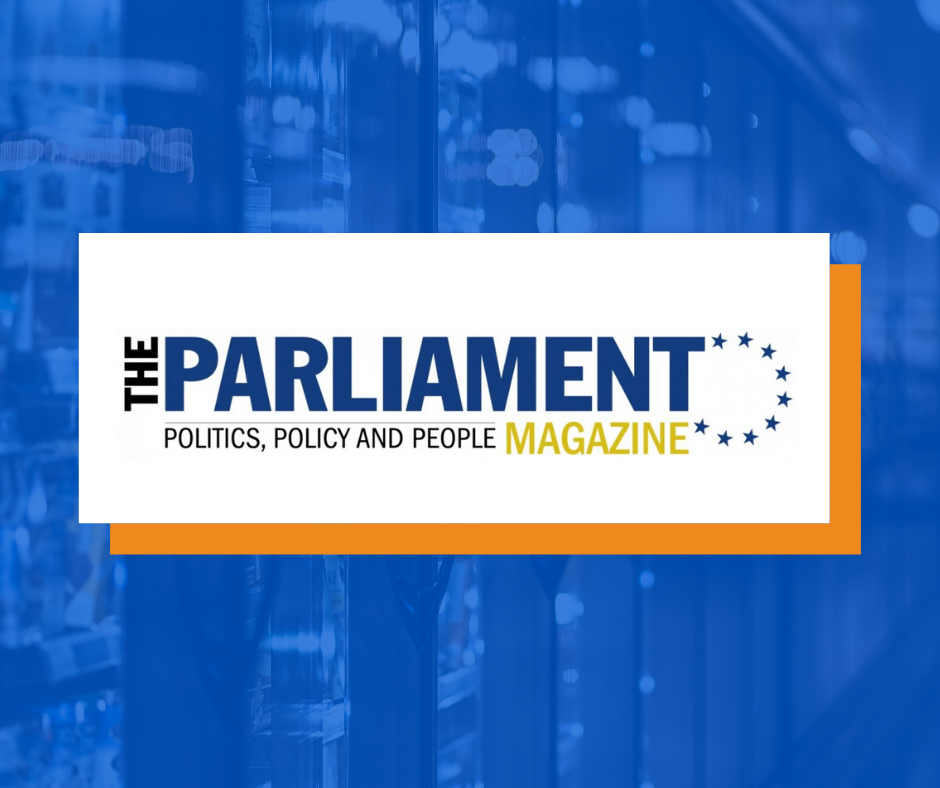Although noble in intent, the ban would have the opposite effect, argue the Consumer Choice Center’s Maria Chaplia and World Vapers Alliance’s Michael Landl.
Starting from 1 July 2022, flavoured e-liquids might be banned in the Netherlands. The decision to proceed with the ban – originally proposed in June 2020 – is drastically at odds with public opinion, let alone science. Combined with the EU Beating Cancer Plan’s restrictive anti-vaping measures, the flavour ban demonstrates Europe’s incessant drift away from evidence-based policymaking.
Vaping is facing such regulatory hardships primarily because it’s misunderstood. Invented as a cessation tool, vaping targets adult smokers, in particular heavy ones, to help them quit. In the UK, electronic cigarettes are even given to smokers at hospitals. And vape flavours play a crucial role in the crusade for lowering tobacco smoking rates.
The Dutch government’s reasoning for the vape flavour ban is to tackle teen smoking. As such, the goal is indeed noble since e-cigarettes should be adult-only products and strict age restrictions need to be enforced. However, if that is really the goal then the Dutch government is shooting in the wrong direction.
According to a recently published study by Yale School of Public Health, a San Francisco vape flavour ban doubled high school students’ probability of smoking conventional cigarettes. The California city saw a 30 percent increase in underage use of cigarettes for the first time in more than a decade, while other cities across the country continue to see declining rates.
“Without solving the teen smoking problem, the ban will have disastrous unintended consequences and undermine harm reduction efforts”
According to a 2017 study published in Tobacco Control, as the number of vapers in the US and UK went up, there was no increase in youth smoking. Between 2011 and 2016, smoking in the past 30 days declined from 6.3 percent to 4.3 percent among middle school students and from 21.8 percent to 13.8 percent among high school students in the US.
Without solving the teen smoking problem, the ban will have disastrous unintended consequences and undermine harm reduction efforts. In the Netherlands, 3.1 percent of adults use e-cigarettes, and, with the ban in place, nearly 260,000 Dutch vapers might return to smoking.
Flavours play a vital role for smokers who want to quit. Adult consumers, who have used vaping to quit smoking say that flavours, other than tobacco, were a decisive factor in preventing them from returning to smoking. By using flavoured e-liquids they are 230 percent more likely to quit smoking than if using tobacco-flavoured ones.
The proposed ban won’t drive down demand for flavours. What it will do, however, is boost illicit trade. As demonstrated by high taxes, marketing and advertising bans, and other restrictions across the board, restrictive policies do not achieve the desired outcomes. Despite a nicotine sales vaping ban in Australia, more than half a million consumers vape, while 2.4 million people have tried it at some point.
As demonstrated by Public Health England, vaping is 95 percent less harmful than tobacco cigarettes. Therefore, both in the short-and long-term, the Dutch vape flavour ban is too high of a price to pay, especially in light of our shared European efforts to reduce cancer rates.
“By using flavoured e-liquids they [adult smokers] are 230 percent more likely to quit smoking than if using tobacco-flavoured ones”
In light of the strong opposition expressed by citizens’ in the public consultation, with 98 percent of submissions opposing the ban, as well as the lack of legitimacy of this cabinet, the Dutch anti-vaping aspirations are completely unethical. This is a huge blow for tobacco harm reduction efforts and all the vapers who raised their voices, and it is likely to tarnish the reputation of the Netherlands.
Originally published here.




